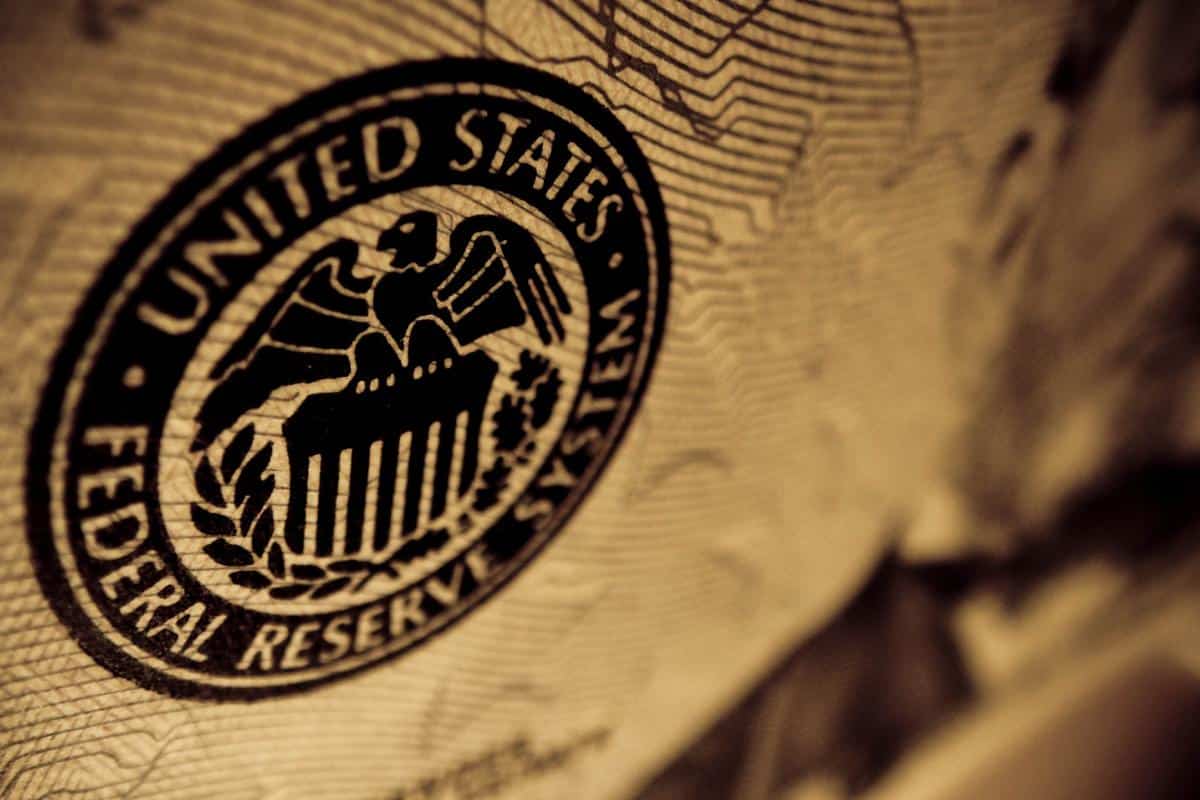U.S. budget deficit shrinks to $1.78 trillion as tariffs hit record high

Share:
The US budget deficit for 2025 fell slightly to $1.78 trillion n September, down $41 billion from the previous year, after a flood of tariff collections helped cushion the blow of record interest payments on the nation’s $38 trillion debt, according to the Treasury Department on Thursday.
The 2.2% drop was small, but in a year dominated by trade wars and soaring borrowing costs, Washington considered it a minor win.
Treasury officials said the red ink could have been much worse without the unexpected $198 billion September surplus, which set a record for the month. The ratio of deficit to GDP eased to 5.9%, its lowest level since 2022, though still far above the long-term average near 3%.
The US government, battered by expensive debt and costly policies, collected just enough cash through tariffs to keep the shortfall from deepening further.
Tariffs climb while debt costs explode
The federal government took in $202 billion in tariffs for the year, an astonishing 142% surge from 2024. In September alone, the US collected $30 billion, up 295% from a year earlier.
Treasury officials credited this to President Donald Trump’s new wave of import tariffs, which targeted everything from Chinese electronics to European steel. The higher duties poured money into federal coffers even as they rattled global trade partners and spooked investors.
Treasury Secretary Scott Bessent said last week that “we’re on our way” to reducing the debt and deficit, pointing to Congressional Budget Office projections showing the deficit-to-GDP ratio finally dipping below 6%. Yet behind those numbers lies the reality of America’s spiraling interest burden.
Payments on the national debt hit $1.2 trillion, nearly $100 billion higher than 2024, and the largest ever recorded. When subtracting interest earned on Treasury investments, net interest payments stood at $970 billion, surpassing defense spending by $57 billion and ranking just behind Social Security, Medicare, and health care.
The mounting cost of debt now casts a haunting shadow over every budget discussion in Washington. Each uptick in interest rates forces the government to spend more just to service existing loans, leaving less room for public investment or relief measures.
Treasury’s Scott said the administration would keep balancing growth plans with debt control, though markets remain skeptical that either can happen quickly.
Tariff war hits consumers as public sentiment sours
Trump’s decision to slap broad tariffs on US imports earlier this year faced backlash from economists who warned it would lift prices and hurt household budgets. While inflation did rise in tariff-sensitive sectors, such as automobiles and electronics, the jumps have been modest so far.
Federal Reserve officials said they might cut rates further, expecting those price pressures to fade. The current federal funds rate now sits between 4.00% and 4.25%, signaling a cautious approach to keep credit affordable.
For the fiscal year that ended in September, the US collected $5.2 trillion in revenue while spending just over $7 trillion, leaving the deficit that the Treasury reported this week. Despite that, Americans appear unimpressed.
Meanwhile, nine months into Trump’s second term, a Harris poll for the Guardian now shows that 53% of Americans think the economy is getting worse, only slightly better than the 58% recorded in April. About 60% say the cost of living has climbed, and 47% believe the job market has weakened, according to the poll.
Only 24% of Republicans think the economy is deteriorating, compared with 60% of independents and 67% of Democrats, but the gloom is spreading even among Trump’s strongest supporters.
Roughly half of rural Americans, who backed him 69% to 29% in last year’s election, now feel more pessimistic about the economy than they did in early summer.
Join a premium crypto trading community free for 30 days - normally $100/mo.
U.S. budget deficit shrinks to $1.78 trillion as tariffs hit record high

Share:
The US budget deficit for 2025 fell slightly to $1.78 trillion n September, down $41 billion from the previous year, after a flood of tariff collections helped cushion the blow of record interest payments on the nation’s $38 trillion debt, according to the Treasury Department on Thursday.
The 2.2% drop was small, but in a year dominated by trade wars and soaring borrowing costs, Washington considered it a minor win.
Treasury officials said the red ink could have been much worse without the unexpected $198 billion September surplus, which set a record for the month. The ratio of deficit to GDP eased to 5.9%, its lowest level since 2022, though still far above the long-term average near 3%.
The US government, battered by expensive debt and costly policies, collected just enough cash through tariffs to keep the shortfall from deepening further.
Tariffs climb while debt costs explode
The federal government took in $202 billion in tariffs for the year, an astonishing 142% surge from 2024. In September alone, the US collected $30 billion, up 295% from a year earlier.
Treasury officials credited this to President Donald Trump’s new wave of import tariffs, which targeted everything from Chinese electronics to European steel. The higher duties poured money into federal coffers even as they rattled global trade partners and spooked investors.
Treasury Secretary Scott Bessent said last week that “we’re on our way” to reducing the debt and deficit, pointing to Congressional Budget Office projections showing the deficit-to-GDP ratio finally dipping below 6%. Yet behind those numbers lies the reality of America’s spiraling interest burden.
Payments on the national debt hit $1.2 trillion, nearly $100 billion higher than 2024, and the largest ever recorded. When subtracting interest earned on Treasury investments, net interest payments stood at $970 billion, surpassing defense spending by $57 billion and ranking just behind Social Security, Medicare, and health care.
The mounting cost of debt now casts a haunting shadow over every budget discussion in Washington. Each uptick in interest rates forces the government to spend more just to service existing loans, leaving less room for public investment or relief measures.
Treasury’s Scott said the administration would keep balancing growth plans with debt control, though markets remain skeptical that either can happen quickly.
Tariff war hits consumers as public sentiment sours
Trump’s decision to slap broad tariffs on US imports earlier this year faced backlash from economists who warned it would lift prices and hurt household budgets. While inflation did rise in tariff-sensitive sectors, such as automobiles and electronics, the jumps have been modest so far.
Federal Reserve officials said they might cut rates further, expecting those price pressures to fade. The current federal funds rate now sits between 4.00% and 4.25%, signaling a cautious approach to keep credit affordable.
For the fiscal year that ended in September, the US collected $5.2 trillion in revenue while spending just over $7 trillion, leaving the deficit that the Treasury reported this week. Despite that, Americans appear unimpressed.
Meanwhile, nine months into Trump’s second term, a Harris poll for the Guardian now shows that 53% of Americans think the economy is getting worse, only slightly better than the 58% recorded in April. About 60% say the cost of living has climbed, and 47% believe the job market has weakened, according to the poll.
Only 24% of Republicans think the economy is deteriorating, compared with 60% of independents and 67% of Democrats, but the gloom is spreading even among Trump’s strongest supporters.
Roughly half of rural Americans, who backed him 69% to 29% in last year’s election, now feel more pessimistic about the economy than they did in early summer.
Join a premium crypto trading community free for 30 days - normally $100/mo.











